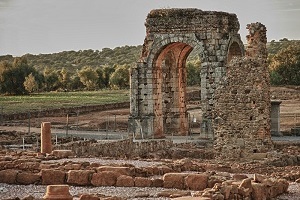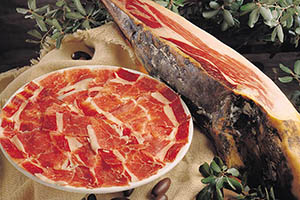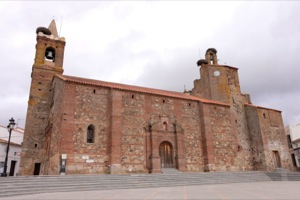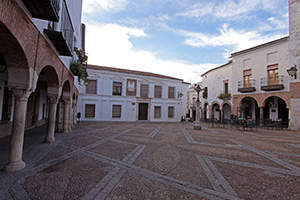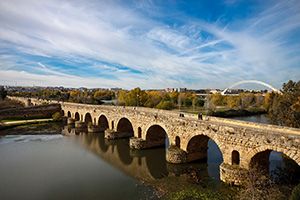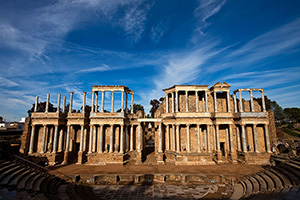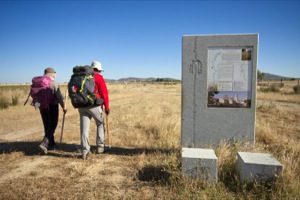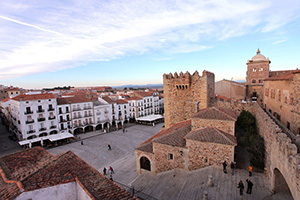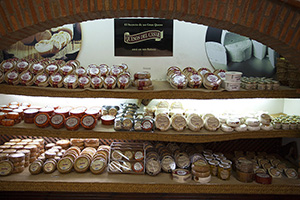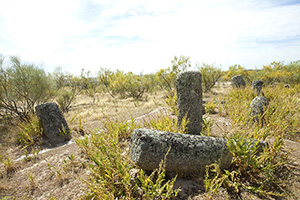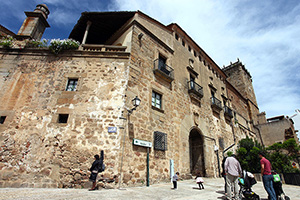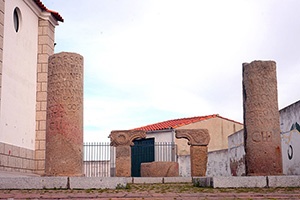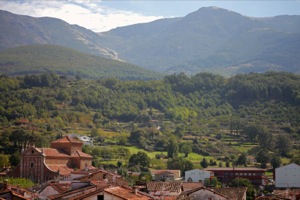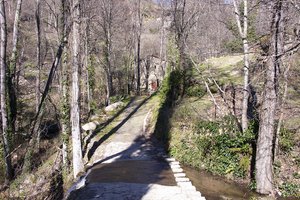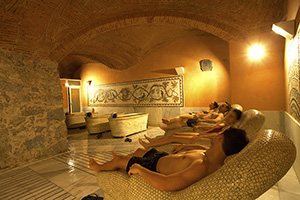Art and culture
The Silver Way, Historic Road
The Silver Way connected Astorga to Mérida in the Roman province of Hispania, discover a history, culture and gastronomy route.
- Come to Extremadura
- The Silver Way
Visit the Roman province of Hispania by travelling around Extremadura
The Silver Way connected Astorga to Mérida in the Roman province of Hispania, discover a history, culture and gastronomy route.
The Silver Way, which runs from Augusta Emérita (Mérida, Badajoz) to Astúrica Augusta (Astorga, León) was one of the main roads that formed the backbone of communication in Hispania during the Roman Empire, cutting through the peninsula from north to south. It was created during the reigns of the emperors Trajan and Adrian and along it merchandise, troops, merchants and travellers circulated in what was a continuous traffic that favoured the diffusion of Roman culture, and at the same time made it easier to control the territory as required by the empire's administration.
This route continued to be used over the centuries, by both Arabs and Christians during the Middle Ages, and later played an important role in the network of communications of the Iberian Peninsula.
The section of the Silver Way that lies in Extremadura, from north to south, begins in Baños de Montemayor, passes through Plasencia, Cáceres and Mérida and exits the region towards Andalucía via Monesterio.
The Silver Way and its surroundings offer a wide range of natural landscapes in an excellent state of conservation, and a wealth of diverse monuments, ethnographic and archaeological heritage, making it a vast, singular open-air museum.
Travelling along the Silver Way you can discover wonderful places like Plasencia, Baños de Montemayor - famous for its hot springs since Roman times-, or the Roman town of Cáparra, located on the border between Guijo de Granadilla and Oliva de Plasencia.
If you continue south you come to Cáceres, with its old town, full of stately homes and palaces, that has been a World Heritage Site since 1986. Very close to Cáceres is the natural monument of Los Barruecos, and the Vostell-Malpartida Museum.
The other great Roman landmark on the Silver Way is Mérida, or Augusta Emérita, as it was known during Roman times. You simply cannot miss a visit to its archaeological sites and the National Museum of Roman Art.
Continuing south, you will reach Zafra, with heritage that is the legacy of its Medieval Arab era.
The last stretch of the Silver Way in Extremadura passes through Monesterio, where the Iberian Ham Day is held, a Festival of Tourist Interest in Extremadura.
Gallery:
More suggestions
-
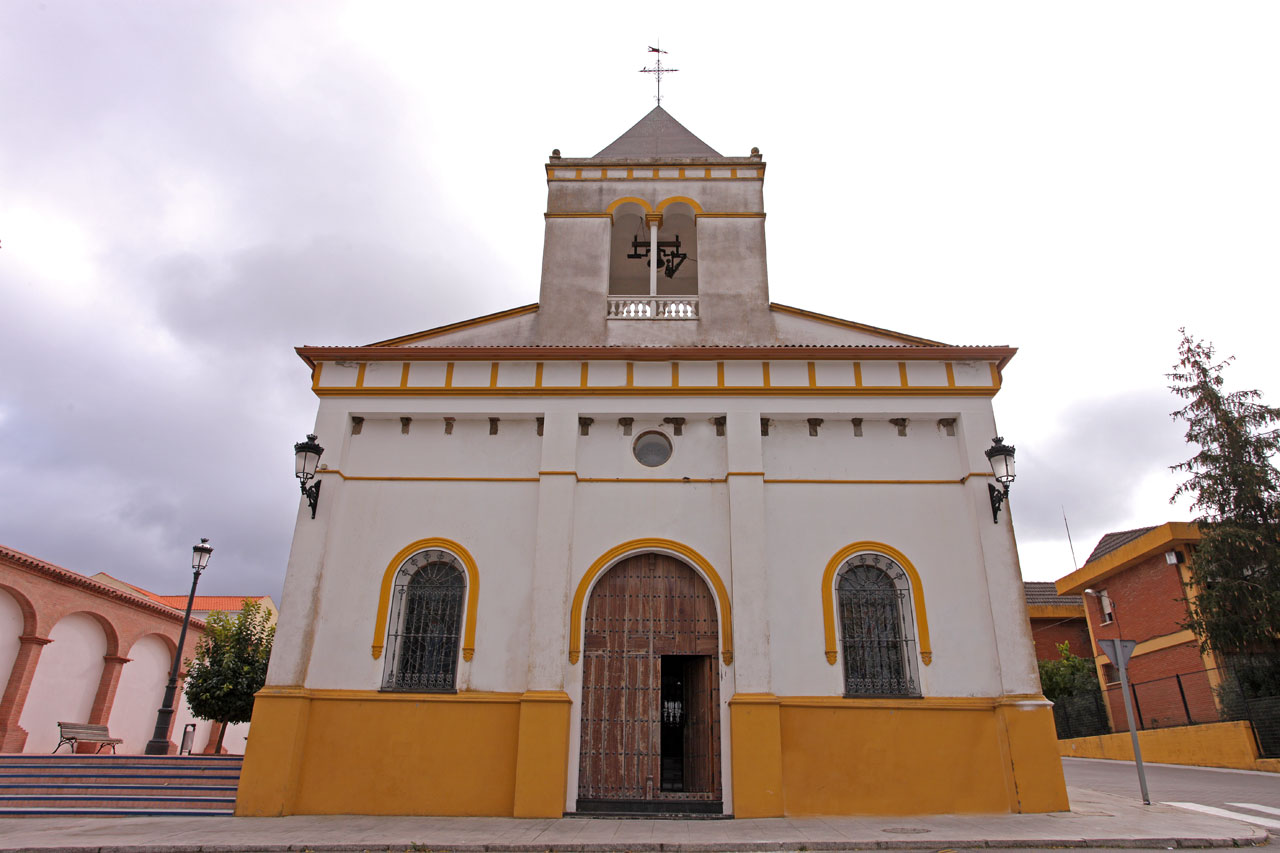
Monesterio
The ancient Vía de la Plata (Silver Route) was fundamental to the historic development of this town, where ham is the stellar product
-
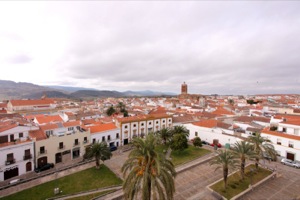
Zafra — stately and market-like
Situated in the south of Extremadura, Zafra is a charming town, and one buzzing with life thanks to the hospitality of its inhabitants, known in Spanish as "Segedanos".
-

Ribera del Guadiana Wine and Cava Route
Take a surprising trip where wine is the driving force behind what will be the best option for discovering Extremadura, its wine culture and all the pleasures of life it offers in this area
-
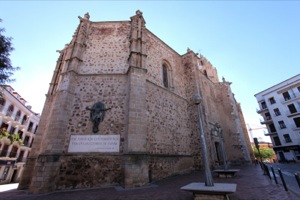
Almendralejo
The aroma of wine and olive oil, its white streets dotted with ancestral homes and palaces endow this town a special air.
-
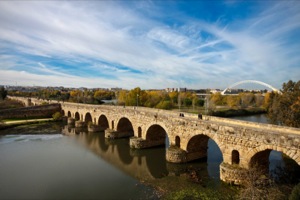
Mérida, roman to modern-day city
In addition to being some of the most important Roman remains in Europe, Mérida has many leisure activities and services.
-
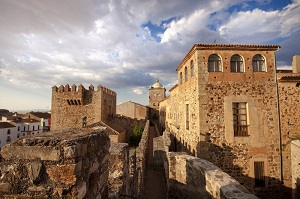
Cáceres — buzzing with life and history
The stone of its streets and façades reflect the march of history from Palaeolithic times. Presently, it is a hive of cultural activity.
-
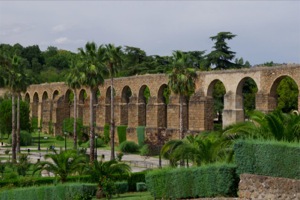
Plasencia — where culture and nature go hand in hand
The historical heritage of Plasencia holds its own in terms of the cultural interest of the other towns and cities of Extremadura, but with the added attraction of its parks.
-
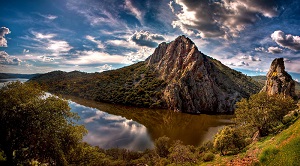
Monfragüe National Park
The Monfragüe National Park is a wonderful place to visit for both ornithology and Mediterranean flora.
-
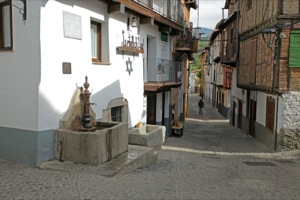
Hervás, Sephardic legacy
Local materials such as chestnut wood, sun-dried brick and granite characterise the traditional country architecture.


